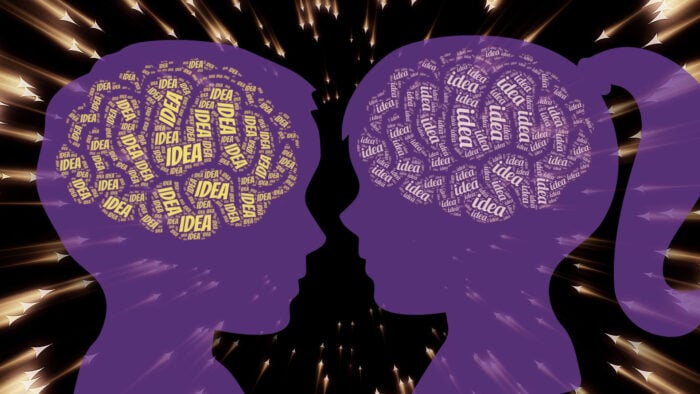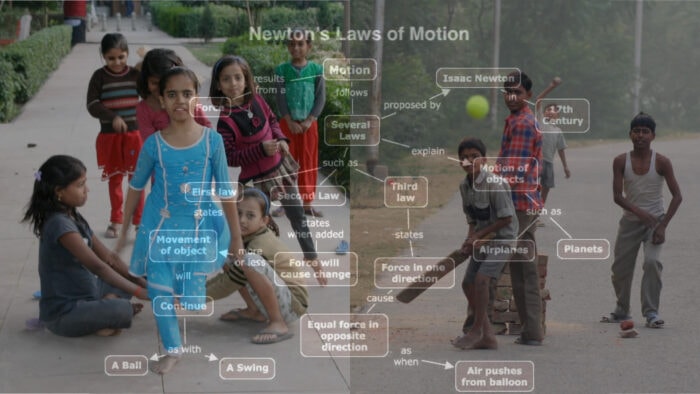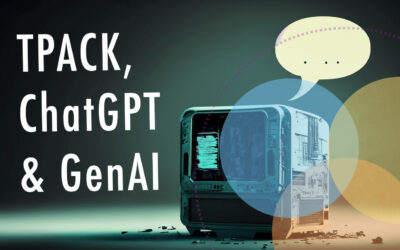Students can sometimes perceive scientific ideas to be in conflict with their common sense. How do we approach such conflicts in the classroom? Do we see these commonsense ideas as being wrong or, at best, misconceived? Alternatively, do we see them as resources and assets essential for the development of true understanding?
In this article KK Mashood and I explore what these questions mean for the science classroom. Essentially we argue that
- Children develop a ‘commonsense’ understanding of the world based on their everyday experiences. Sometimes this understanding appears to be in conflict with formal concepts taught in the science classroom.
- Students’ ideas need not be treated as right or wrong, or as impediments to learning. They can be viewed as resources important to develop a more refined understanding of scientific concepts.
- Breaking down scientific principles to acknowledge commonsense notions and then connecting them to formal definitions could help bridge the gap between students’ ideas and scientific concepts.
- Giving voice to students’ ideas and bringing the ‘human’ element in a science classroom could help students identify science as a human activity, and recognize their own role in the process of knowledge construction in science.
This is the latest article in a series that I have been writing (with a range of co-authors) for iWonder: Rediscovering School Science a journal for middle school science teachers published by the Azim Premji University. You can find all the articles in the series here; the complete issue in which this article appears here; and the link below takes you to a pdf of our article.
Mashood, KK, & Mishra, P. (2021). Common sense in the science classroom. iWonder, pp. 63-67.
One of the pleasures of writing these articles is that I get to do the illustrations for them. The image above is one – the other two are given below.

This was the title image for the article. Image credit: Gerd Altmann from Pixabay (free for commercial use). URL: https://pixabay.com/illustrations/rays-pattern-center- abstract-5562064/. Wordcloud created on Wordart.com. Illustration and design by Punya Mishra. License: CC-BY-NC.

Children understand and perceive the world around them intuitively, imaginatively, and socially — developing a commonsense understanding of the world. Credits: The image to the left is by Ramesh Lanwani, through Wikimedia Commons (URL: https://commons.wikimedia.org/wiki/File:Girls_Playing.jpg; License: CC-BY). The image to the right is by foxypar4c, through Wikimedia Commons (URL: https://en.wikipedia.org/wiki/File:Street_Cricket,_Uttar_Pradesh,_India.jpg; License: CC-BY). Illustration and design by Punya Mishra. License CC-BY-NC.



0 Comments